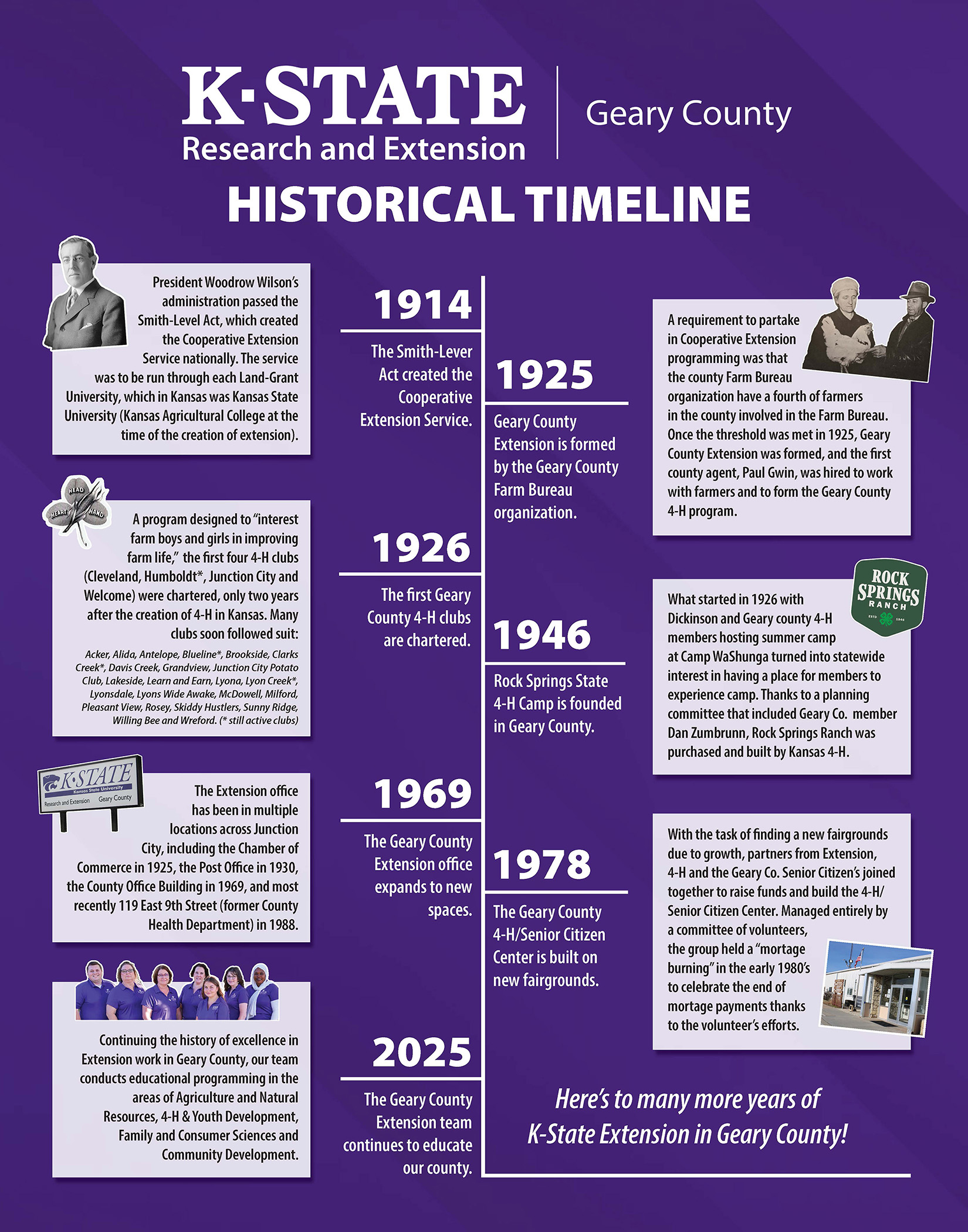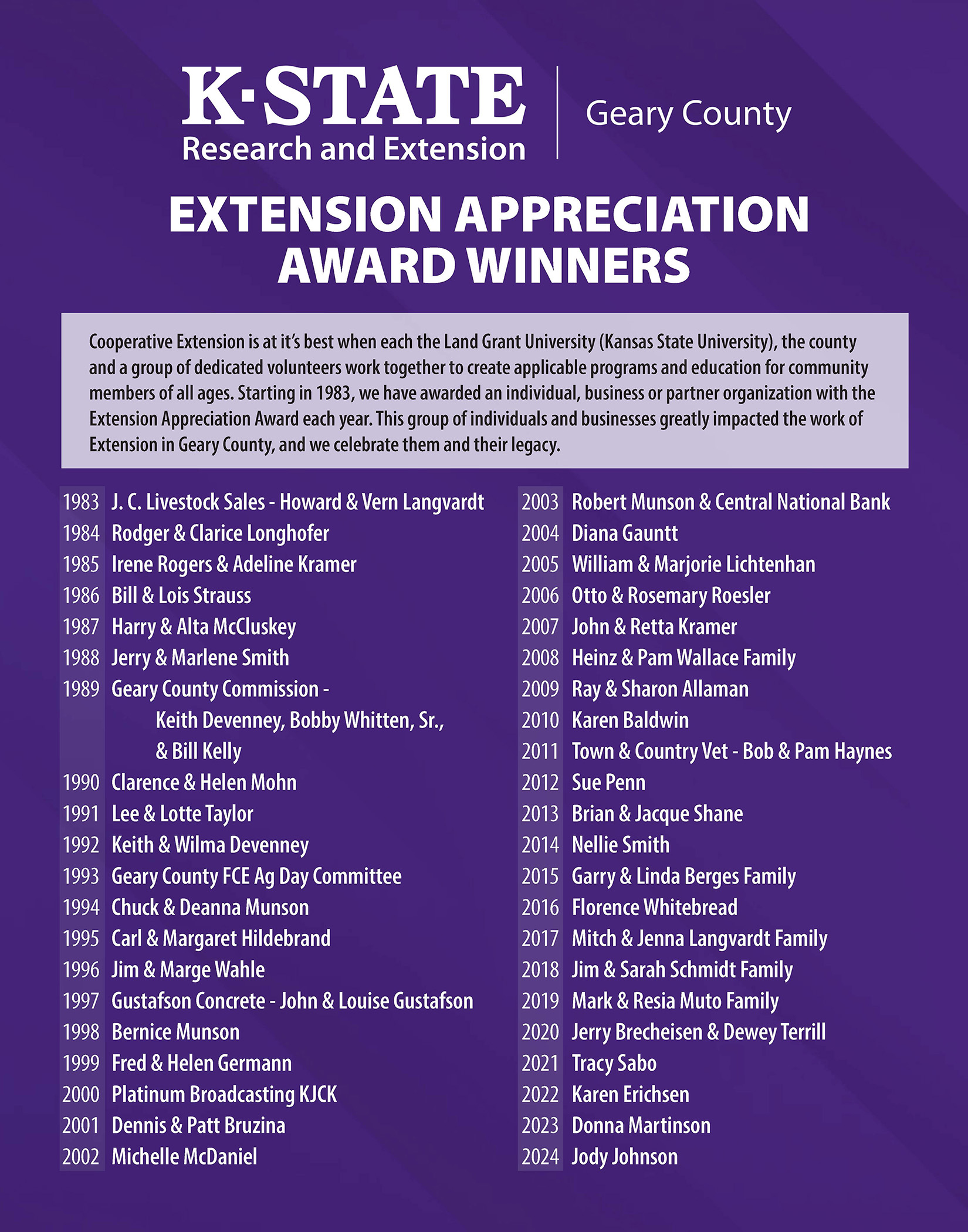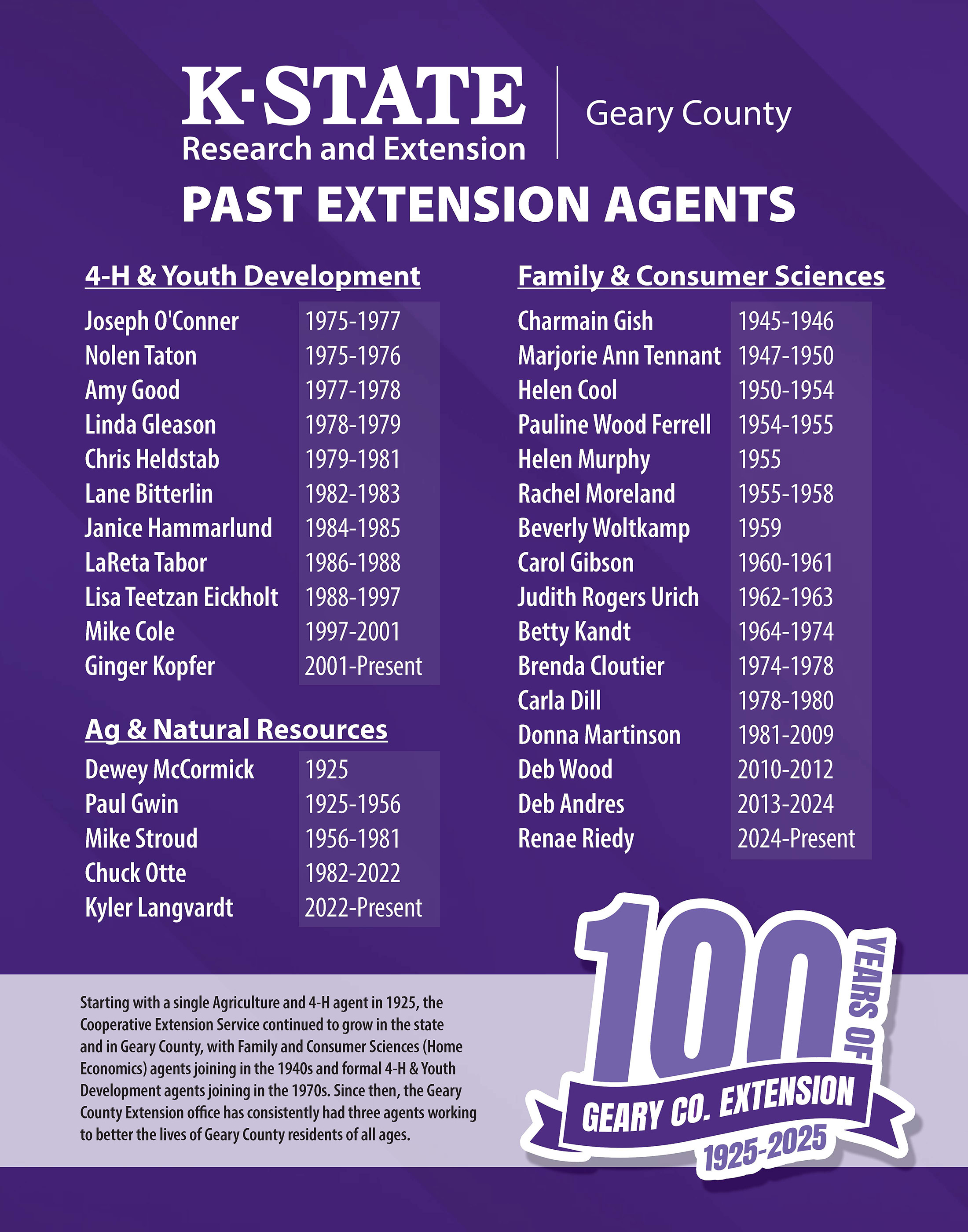About the Office - Extending Knowledge for Life
All universities engage in research and teaching, but the nation's more than 100 land-grant colleges and universities have a third critical mission-Extension. Extension 'reaches out,' extending resources and addresses public needs with university resources through non-formal, non-credit programs. Programs are largely administered through County Extension offices that bring land-grant university expertise to the local level.
Today, Extension plays an important role in American life in rural, urban, and suburban settings. Extension Agents help farmers grow crops, help families plan safe and nutritious meals, and help children acquire the necessary skills to become tomorrow's leaders.
Nearly a century ago, when Congress created the Extension system, more than 50 percent of the U.S. populations lived in rural areas and 30 percent of the workforce was engaged in farming. Extension's engagement with rural America supported the agricultural revolution, which dramatically increased farm productivity. In time, less labor was needed to produce the same amount of food on less acreage.
In Kansas, Extension personnel work on the Kansas State University campus and in 105 county offices. Extension programs are designed to meet the needs of the local community.
A Brief History of Extension
1862 - The Morrill Act was passed paving the way for a land-grant university in every state.
1863 - Bluemont College was renamed Kansas State Agricultural College.
1887 - The Kansas Agricultural Experiment Station was created at Kansas Agricultural College under the provision of the Hatch Act.
1914 - The Smith-Lever Act created the Cooperative Extension Service.
1915 - The Kansas Legislature passed the County Farm Bureau Law that provided funds to implement the county extension program.
1925 - Geary County Extension is formed by the Geary County Farm Bureau organization. Paul Gwin is hired as the first full-time agent.
1951 - Kansas Legislature revised the law making the county extension program the cooperative responsibility of the county extension council and Kansas State University.
1959 - The university's name was officially changed to Kansas State University of Agriculture and applied Science.
1981 - Extension and the Geary County Senior Citizens Inc. work to raise funds and build fairgrounds at the Spring Valley location, dedicating the building as the Gwin 4-H/Senior Citizens Center.
1996 - The Kansas Agricultural Experiment Station and Kansas Cooperative Extension Service merged to form the Kansas State University Experiment Station and Cooperative Extension Service, also known and K-State Research and Extension.
2025 - Geary County celebrated 100 years of Cooperative Extension in the county.
2025 - K-State Extension Geary County receieves prestigous Outstanding Local Unit Award from Kansas State University


